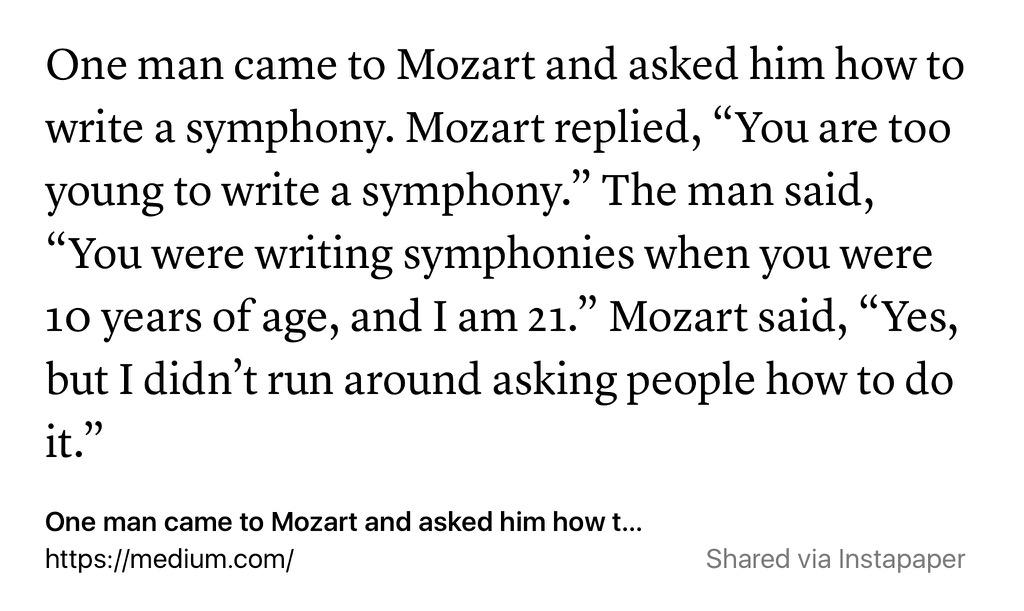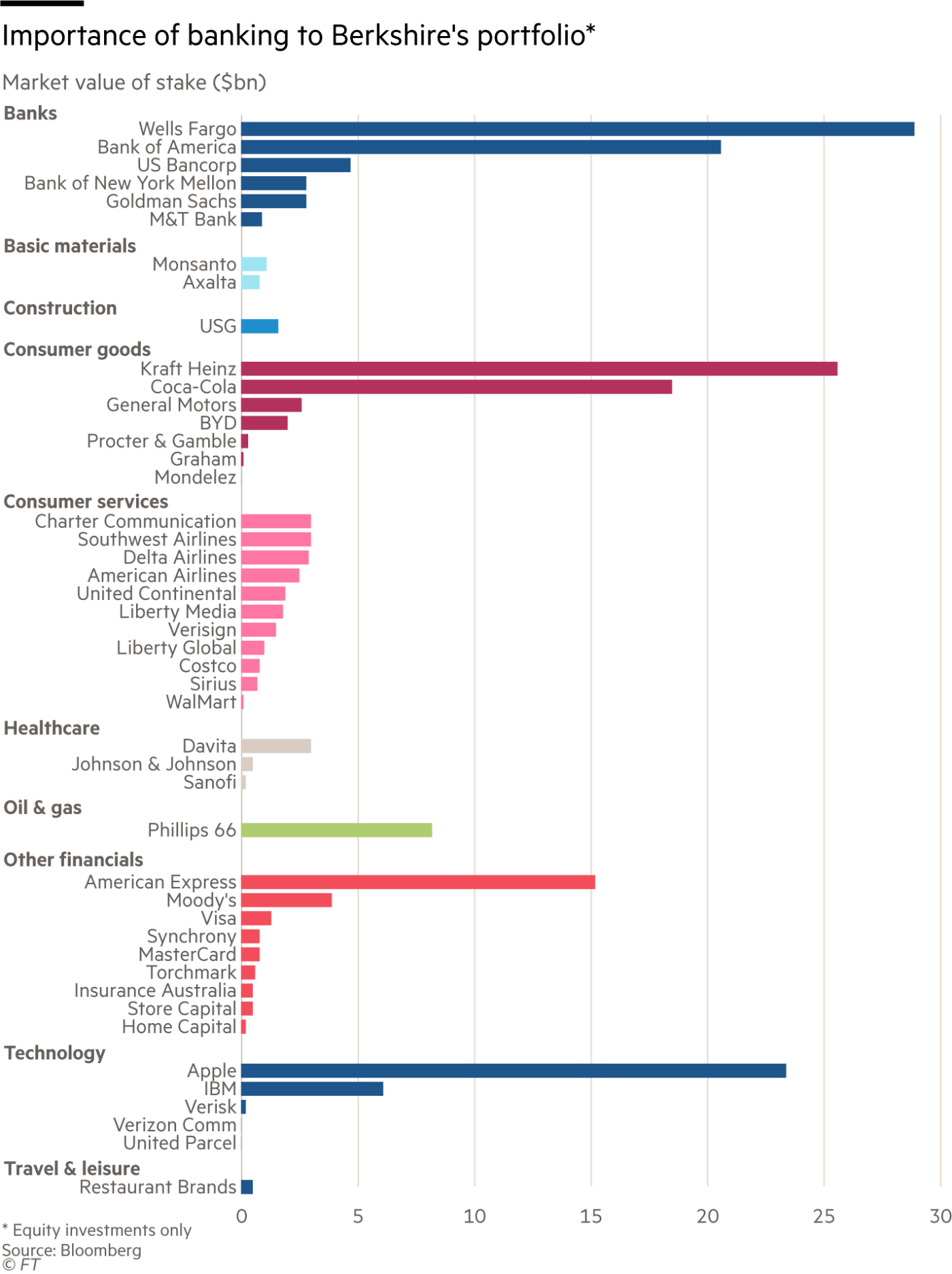1). Preparation
Author Brent Penfold is in the minority believing risk management is the #1 priority in trading. Brent believes that once you get your trading system and position size in place you must use the amount you will risk on each trade to determine your risk of ruin. The book shows exactly how to figure this out using Excel. His point is that if your risk of ruin is not zero then you will eventually blow out your account. Risking 1% to 2% of your capital in any one trade usually gives you a zero percent risk of ruin but it also depends on your systems win/loss ratio. But the point is to test any system with 30 trades first then determine your risk of ruin.
2). Enlightenment
Your most important goal is to lower your risk ruin to zero. In trading, the trader with the best ability to cut losses short wins. Simple trading strategies work the best based on traditional support and resistance while trading with the trend on either retracements of break outs. The 10% of winners in the market win by treading where others fear, buying on break outs when they first occur and going short when a new low is made, or buying into the abyss when a security finds support or resistance and reverses at the end of a monster trend.
3). Developing a trading style (more…)

 Hugh Hendry, the voluble hedge fund manager well known for his bearish but highly successful calls on the global economy over the past two years, has taken a big position that is designed to profit from a crash in China.
Hugh Hendry, the voluble hedge fund manager well known for his bearish but highly successful calls on the global economy over the past two years, has taken a big position that is designed to profit from a crash in China.
 1. Create an information edge so that you are ahead of the curve.
1. Create an information edge so that you are ahead of the curve.



